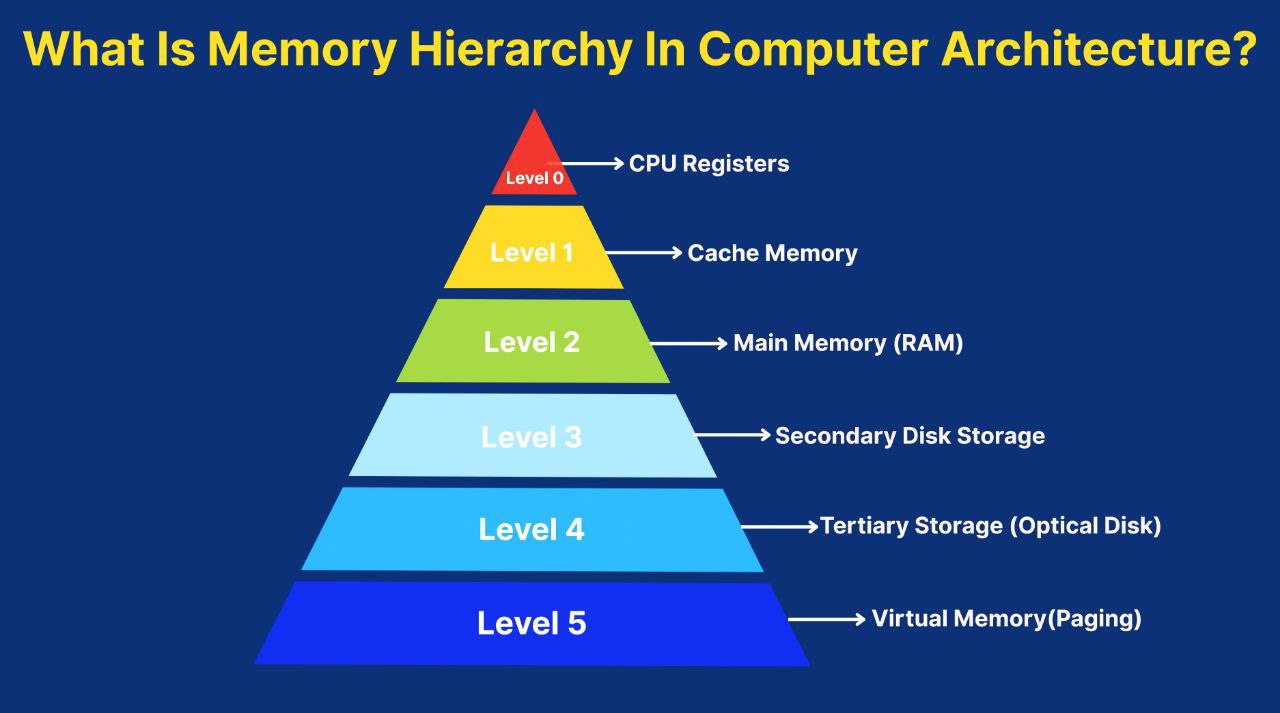Define Liberty And discuss Various Kinds of Liberty
Definition of Liberty
Liberty is the state of being free from oppressive restrictions imposed by authority on one’s way of life, behavior, or political views. It involves the ability of individuals to act according to their own will, as long as their actions do not infringe on the rights of others. Liberty is a cornerstone of democratic societies, emphasizing personal freedom and self-determination.
Types of Liberty
- Natural Liberty:
- This refers to the inherent freedom that individuals have in a state of nature, unrestrained by laws or society. Philosophers like John Locke and Jean-Jacques Rousseau emphasized natural liberty as a fundamental right, one that exists prior to the establishment of governments.
- Example: The right to freedom of thought, speech, and action before any formal societal structures or laws come into play.
- Civil Liberty:
- Civil liberty exists when individuals live under a system of law that protects their rights and freedoms. It ensures that people can act freely within the confines of the law without fear of oppression or arbitrary government actions.
- Example: The right to a fair trial, freedom of speech, and protection from unlawful search and seizure.
- Political Liberty:
- Political liberty refers to the right of individuals to participate in the political process, including voting, standing for public office, and expressing political views. It is a core feature of democratic governance.
- Example: The right to vote in elections, run for office, and engage in peaceful political protest.
- Economic Liberty:
- Economic liberty concerns the freedom of individuals to engage in economic activities of their choice, such as owning property, starting a business, or engaging in trade. This type of liberty is central to capitalist and free-market systems.
- Example: The right to enter contracts, choose employment, or own private property.
- Individual Liberty:
- This focuses on the personal freedoms that individuals have to make choices regarding their own lives, often linked to personal autonomy and privacy.
- Example: The right to make personal decisions about lifestyle, relationships, and religion.
- Social Liberty:
- Social liberty refers to the freedom individuals have in social and cultural contexts, ensuring they can express themselves without facing discrimination or marginalization based on factors like race, gender, or religion.
- Example: The right to marry whoever one chooses, regardless of race or gender, and the freedom from discrimination in social settings.
- Moral Liberty:
- Moral liberty refers to the freedom to make ethical decisions and act according to one’s conscience. This is often framed in terms of religious or philosophical beliefs and the ability to practice those beliefs without interference.
- Example: Freedom of religion, or the right to refuse participation in activities that violate one’s moral principles.
- Negative Liberty:
- Negative liberty is the absence of external constraints on the individual, meaning one is free to act as long as others do not interfere. The concept is often associated with the absence of coercion or restrictions imposed by others or the government.
- Example: Freedom from government censorship or regulation of personal behavior.
- Positive Liberty:
- Positive liberty involves having the capacity or resources to fulfill one’s own potential. It is not just about the absence of constraints but also about the empowerment to act and realize one’s goals.
- Example: Access to education and healthcare, which enable individuals to fully exercise their freedoms and achieve personal development.
Conclusion
Liberty is a broad and multifaceted concept, encompassing various forms of freedom, from the absence of constraints (negative liberty) to the empowerment to act (positive liberty). It is essential to human dignity, self-determination, and the functioning of a free society. Each type of liberty plays a crucial role in shaping the rights and responsibilities of individuals within different societal, political, and economic contexts.
Share this content:



Leave a Reply